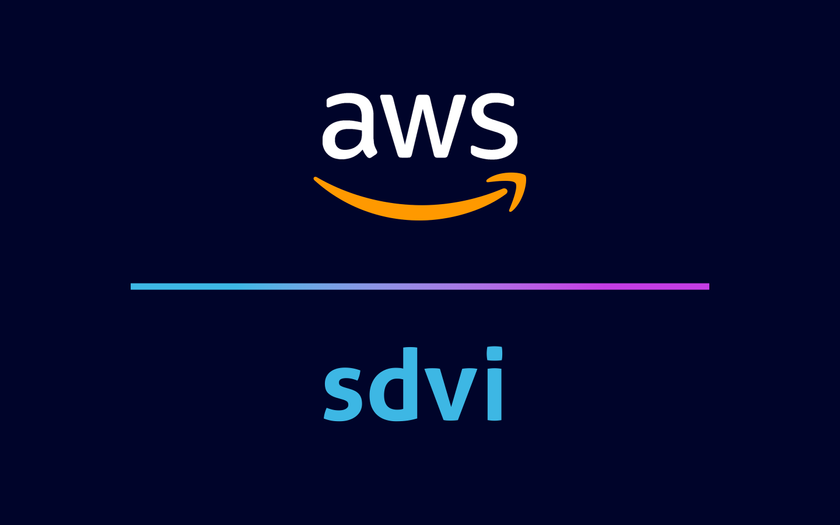New Research Reveals Resurgence In OTA Antenna Viewing
NEW ROCHELLE, N.Y.—Over-the-air TV broadcasting is experiencing a growth spurt with one-in-three U.S. television viewers using a TV antenna to receive television, new research reveals.

“Horowitz’s State of Pay TV, OTT & SVOD 2019” from Horowitz Research finds antenna owners are younger—40% are age 18-34 vs. 31% of total content viewers. They also skew male—59% vs. 49% of all TV content viewers. Overall, 34% of TV content viewers access TV content with an antenna.
“Pay TV’s advantage has long been its variety of content, superior picture quality and reliability,” says Adriana Waterston, SVP of Insights and Strategy at Horowitz.
“As the broadcast industry works to improve its standards and achieve widespread adoption of ATSC 3.0 –which, according to announcements from NAB, will reach 40 markets by 2020—that advantage gap has the potential to shrink, with adoption of over-the-air viewing increasing,’’ she said.
The research shows that among non-subscribers to traditional MVPDs, 51% report owning an antenna. In traditional MVPD subscriber households, 30% say they own an antenna.
Antenna owners also are more likely to subscribe to one of the three major SVOD services. Seventy-eight percent subscribe to Netflix, Hulu, or Amazon Prime Video vs. 67% of TV content viewers.
Antennas receiving OTA broadcasts appear to be giving consumers who are turning away from traditional MVPDs a means to access live, local content, the data suggests.
Get the TV Tech Newsletter
The professional video industry's #1 source for news, trends and product and tech information. Sign up below.
When it comes to how viewers split their viewing time among content sources, the research shows antenna owners spend 19% of their time viewing TV via their antenna, 44% streaming, 32% with an MVPD watching live, DVR or VOD content and the rest viewing DVDs.
“Many TV viewers have long felt tied to traditional cable because of their desire to stay connected to live news and sports, along with local and national content from broadcasters,” says Stephanie Wong, Horowitz director of Insights and Strategy.
“With today’s stronger signals and advances in technology, along with improved design aesthetics, antennas are re-emerging as an inexpensive and practical way of accessing TV content.”
Newer technologies are giving viewers a way to DVR over-the-air content, she adds. With products like TiVo’s Bolt OTA, Plex and Amazon’s Fire TV Recast, and using SVOD services, viewers are able to “piece together their ‘cable service’… at what they perceive to be a dramatically reduced cost,” she said.
“Most importantly, TV and streaming technology is improving to a point where being able to access different sources of video is no more difficult—or perhaps even easier—than navigating through a cable set top box menu,” said Wong.
More information is available at www.horowitzresearch.com.
Phil Kurz is a contributing editor to TV Tech. He has written about TV and video technology for more than 30 years and served as editor of three leading industry magazines. He earned a Bachelor of Journalism and a Master’s Degree in Journalism from the University of Missouri-Columbia School of Journalism.










